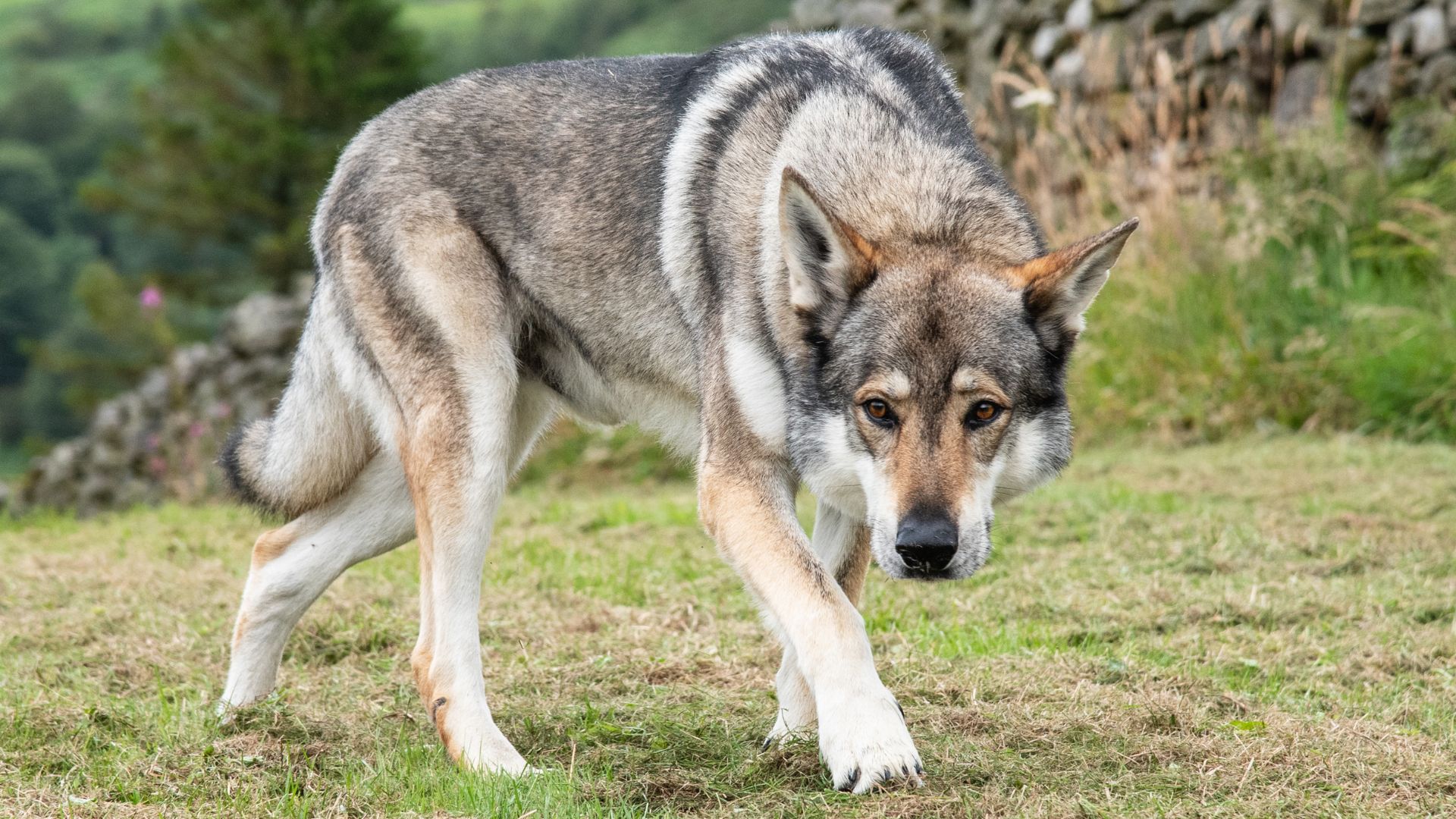Dogs may be loyal companions, but beneath their friendly exteriors lie instincts honed by centuries of survival. Some breeds, originally bred for hunting or guarding, still possess a keen prey drive and an unmatched ability to detect and respond to threats. Whether it’s the Greyhound’s lightning-fast pursuit of small animals or the Siberian Husky’s strong survival instincts, these breeds exhibit traits that connect them to their wild ancestry in fascinating ways.
Understanding a dog’s natural instincts is crucial, especially for owners who live in areas with potential wildlife encounters. From coyotes lurking near suburban neighborhoods to raccoons scavenging backyard trash, dogs often find themselves face-to-face with formidable foes. Recognizing which breeds are naturally inclined to defend, chase, or avoid these encounters can help pet parents make informed decisions about training, safety, and responsible pet ownership.
For those looking for a strong and protective companion, certain guardian breeds might be ideal. Exploring these natural predator instincts sheds light on the deep-rooted behaviors that make each dog breed unique.
Natural Predators Dog Breeds
1. Greyhound

Built for speed and precision, the Greyhound is one of nature’s most efficient hunters. As a sighthound, it relies on keen vision and lightning-fast reflexes to chase down prey, a skill refined over centuries of coursing game.
With a streamlined, aerodynamic body and long, powerful legs, the Greyhound is capable of reaching speeds of up to 45 miles per hour, making it one of the fastest dog breeds in the world. This breed’s natural prey drive is deeply ingrained.
Originally bred for hunting deer, hares, and even coyotes, Greyhounds instinctively give chase to anything that moves quickly. Their sharp eyesight, combined with an independent hunting style, makes them formidable predators in the animal kingdom. Unlike scent hounds, which rely on their noses, Greyhounds fix their gaze on their target and react with unparalleled speed.
Despite their high-energy bursts, Greyhounds are surprisingly calm and affectionate when not in pursuit. Known as “couch potatoes,” they enjoy lounging and relaxing with their owners. However, their hunting instincts remain strong, making early training and proper socialization crucial in homes with smaller pets.
Whether on the track, in the field, or at home, the Greyhound’s predatory instincts and elegant athleticism make it one of the most fascinating breeds to study.
2. Siberian Husky
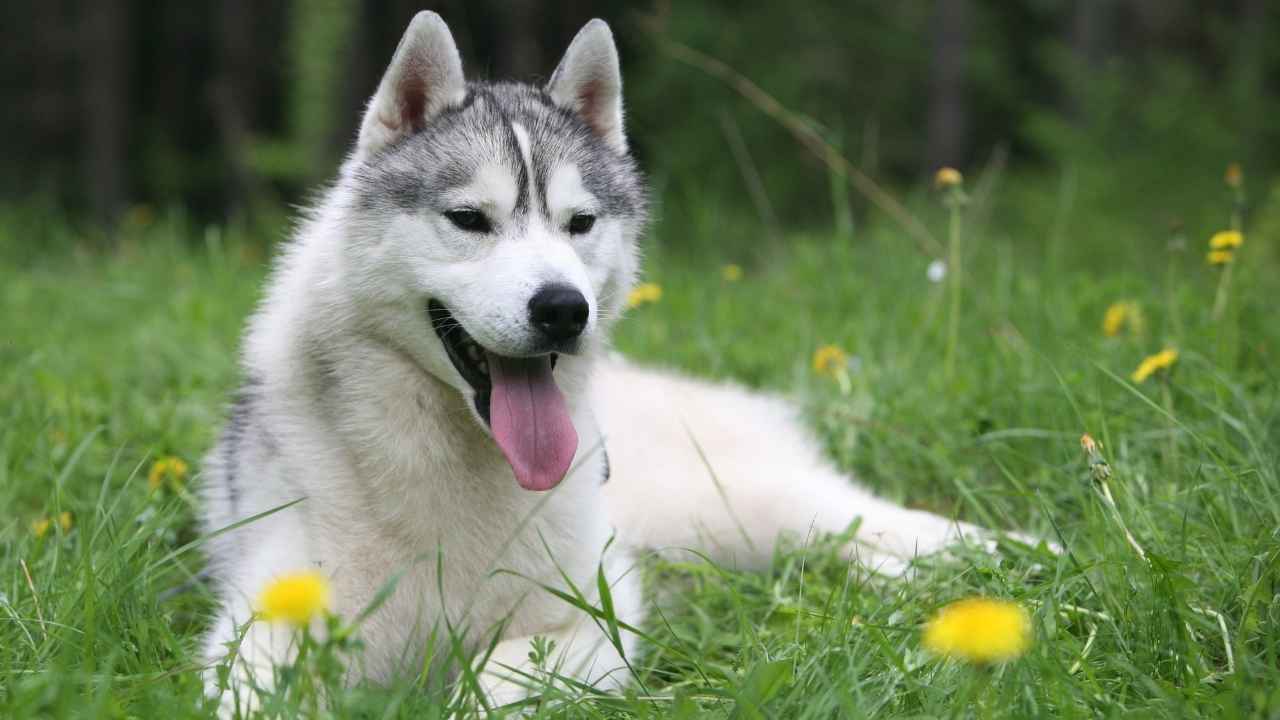
The Siberian Husky is a breed known for its great endurance, as per AKC, but it was originally bred by the Chukchi people of Siberia to pull sleds over vast, icy landscapes.
Their thick double coat provides insulation against extreme cold, while their powerful legs and agile build make them swift and efficient movers. Though they may look friendly, Huskies retain strong survival instincts and a keen prey drive, making them natural hunters when faced with small animals.
Unlike traditional guardian breeds, Huskies rely more on speed and cunning than brute strength. Their intelligence and independence can sometimes make them challenging to train, particularly when their instincts kick in.
While they are not aggressive toward humans, their prey drive means they may chase after smaller pets or wildlife if not properly managed. Despite their wolf-like appearance, Huskies are sociable and thrive in a pack environment.
However, their high energy levels and need for constant stimulation mean they require experienced owners who can provide structured training and ample exercise. A bored Husky is often a mischievous one, and without proper engagement, they may turn their instincts toward escape or destruction.
3. Pit Bull Terrier

According to PetMD, the Pit Bull Terrier is a breed known for its affection and loyalty. Originally bred from bulldogs and terriers for hunting and protection, these dogs have a muscular build and a powerful bite force ranging from 240 to 330 PSI.
Despite their reputation, Pit Bulls are not inherently aggressive toward humans, and with proper training and socialization, they can be affectionate family pets.
This breed’s natural instincts make it an exceptional guardian, but its strong prey drive means it may not always get along with smaller animals.
Historically, Pit Bulls were used in dog sports that required stamina and tenacity, and those traits persist today. Their intelligence and eagerness to please make them highly trainable, but they need firm, consistent guidance from an experienced owner.
Due to their high energy levels, Pit Bulls thrive in active households where they receive both mental and physical stimulation. Without proper exercise, they may develop destructive behaviors out of boredom. While some have concerns about their temperament, responsible ownership, structured training, and positive reinforcement play a vital role in shaping a well-mannered Pit Bull Terrier.
4. Border Collie
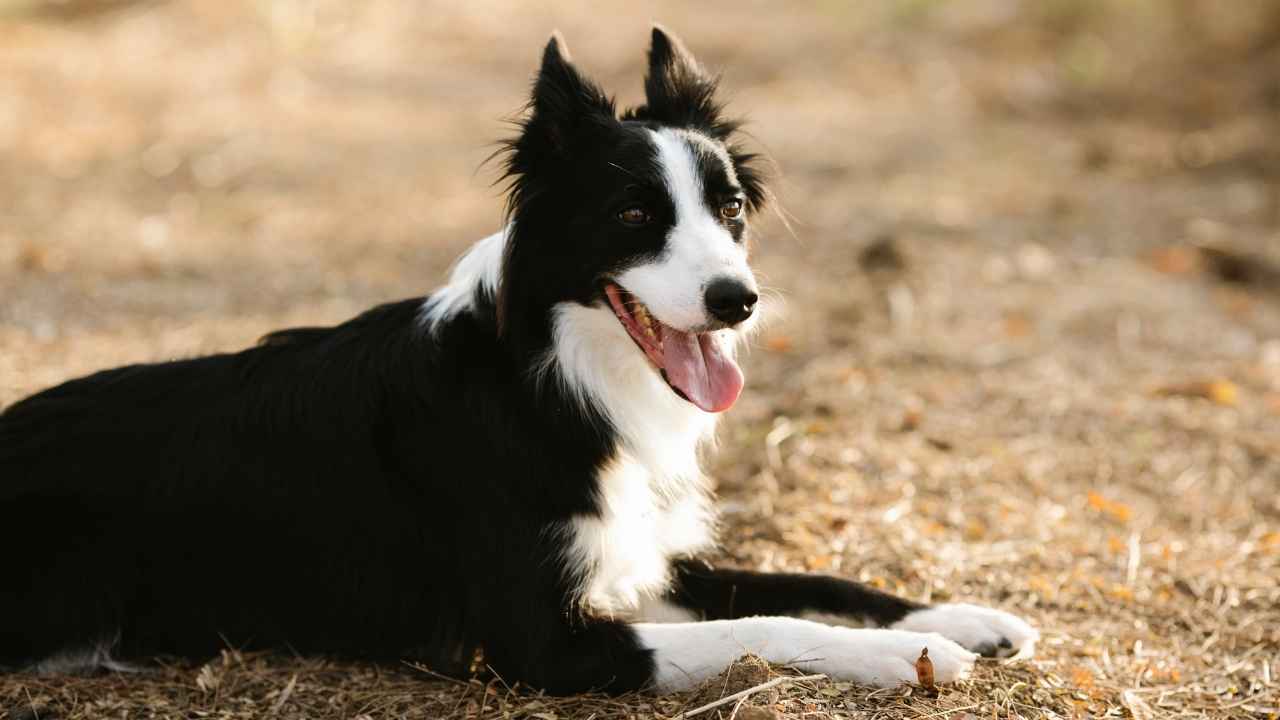
The Border Collie is renowned for its unmatched intelligence, boundless energy, and exceptional herding instincts. Originally bred to control livestock, these dogs possess a sharp awareness of their surroundings and a natural drive to chase and corral anything that moves.
Their instinct to herd can sometimes extend beyond farm animals, leading them to pursue small creatures like squirrels, rabbits, or even birds.
Border Collies require constant mental and physical stimulation to stay content. Without proper exercise or a job to do, their energy can turn into restless or destructive behaviors. Due to their intelligence, they excel in obedience training, agility courses, and complex problem-solving tasks.
For those who can match their energy levels, Border Collies make devoted companions. Their sharp instincts and quick learning ability allow them to adapt to various roles, from farm work to search-and-rescue missions.
However, their intense drive means they thrive best in active homes where they can channel their natural abilities productively.
5. American Staffordshire Terrier
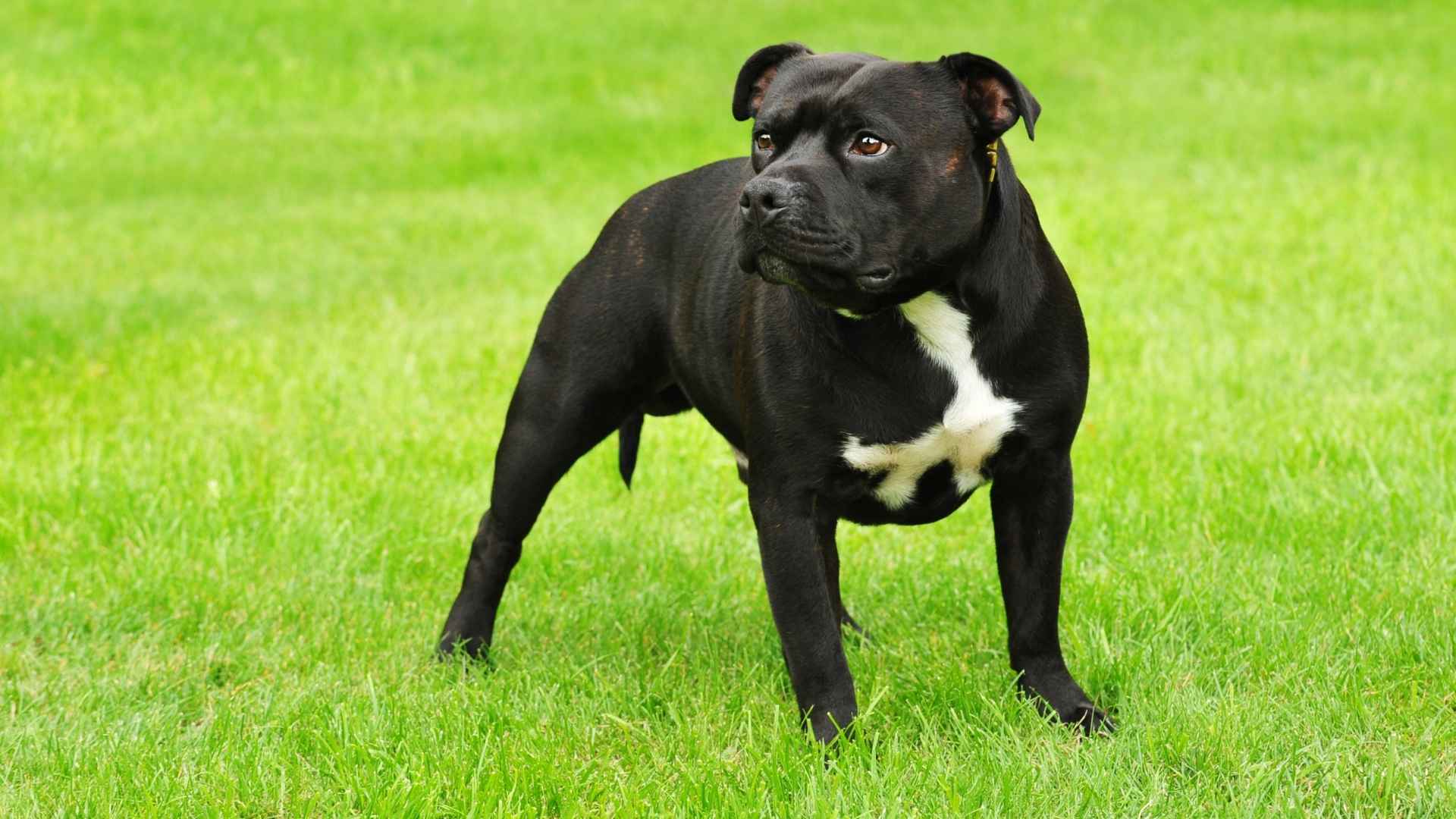
The American Staffordshire Terrier is a powerful and confident breed known for its muscular build and strong prey drive. Originally bred for bull-baiting and later as farm dogs, these terriers possess an instinctual drive to chase and engage with potential threats.
Their keen awareness and tenacity make them formidable guardians, yet they are also deeply affectionate and loyal to their families. Despite their protective instincts, proper socialization and training can help refine their natural assertiveness into disciplined obedience.
They require consistent leadership and early exposure to various environments to ensure they develop into well-mannered companions. This breed’s natural hunting and guarding instincts mean they may not always tolerate unfamiliar animals, especially small prey-like creatures.
Their territorial nature can make them excellent watchdogs, but they thrive best with owners who understand their need for structure and mental stimulation.
With the right training and environment, the American Staffordshire Terrier is a fearless yet loving companion, embodying both strength and devotion in equal measure.
6. Rottweiler
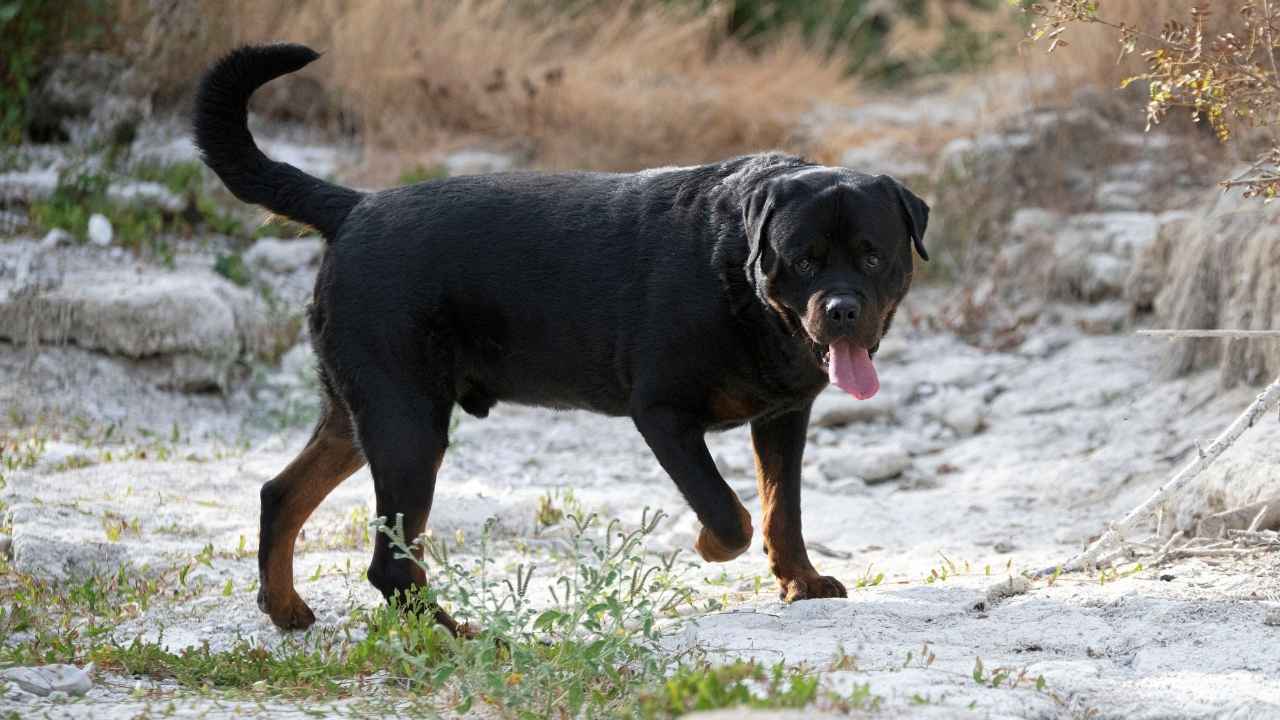
The Rottweiler is a powerhouse of strength, intelligence, and instinct. Originally bred to herd livestock and guard property, this breed has retained its natural protective instincts, making it a formidable deterrent against potential threats.
With a powerful bite force of approximately 330 PSI, Rottweilers possess one of the strongest jaws among domestic dogs, allowing them to take on large predators if necessary.
Despite their reputation as fierce protectors, Rottweilers are highly trainable and deeply loyal to their families. Their keen awareness and territorial nature make them excellent guard dogs, but early socialization is essential to ensure they differentiate between genuine threats and harmless situations. While they can be affectionate with their owners, their innate suspicion of strangers means they require confident handling and consistent training.
In addition to their guarding instincts, Rottweilers have a high prey drive, which can make them unpredictable around small animals. While they may not actively hunt, their natural strength and agility enable them to confront intruding wildlife such as coyotes or raccoons. This makes them an asset in rural environments where larger predators may pose a risk to livestock and property.
With the right training and leadership, Rottweilers are not just protectors but also devoted family companions. Their balance of power and intelligence makes them one of the most respected working breeds in the world.
7. Rhodesian Ridgeback
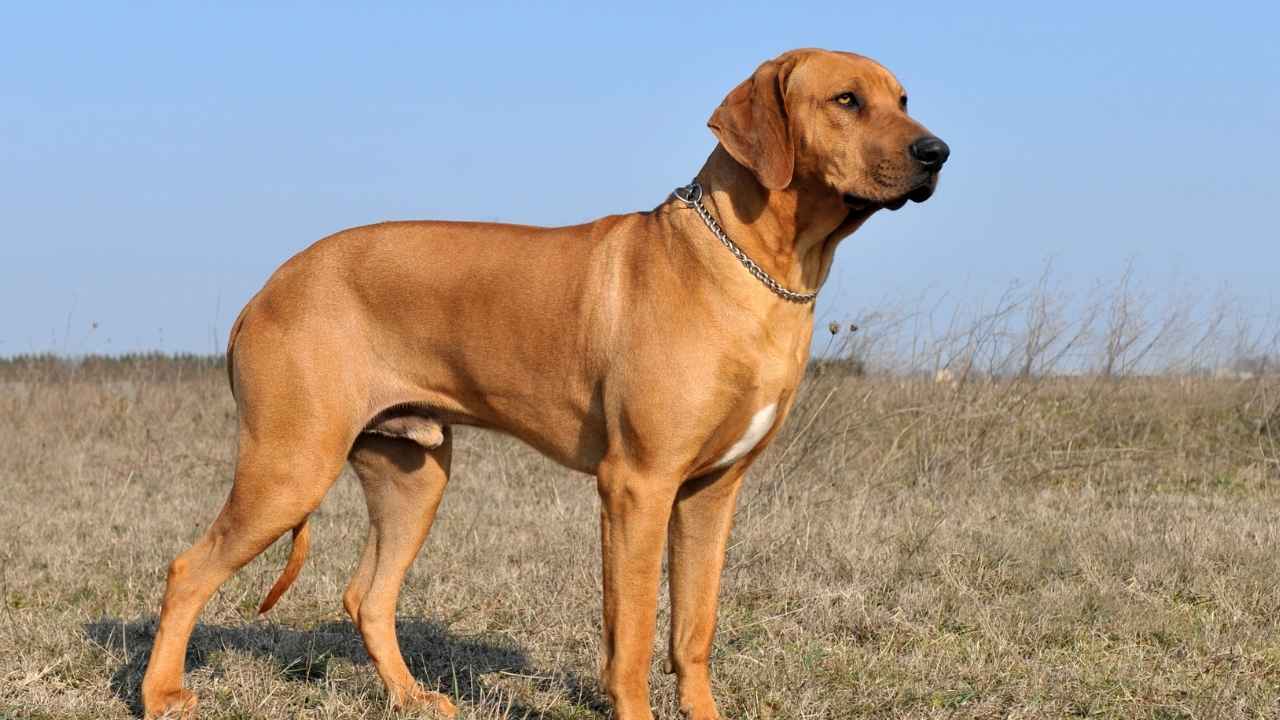
Bred for endurance and strength, the Rhodesian Ridgeback is a formidable hunter with a rich history rooted in Africa. They were originally developed to track and confront lions. Britannica states that this breed possesses remarkable agility, power, and courage.
Their muscular build and keen senses make them natural guardians, always alert to potential threats in their environment. Despite their hunting background, Ridgebacks are known for their balanced temperament.
They are fiercely loyal to their families and, with proper training, can be gentle and affectionate companions. However, their strong prey drive means they require early socialization and consistent training to ensure they respond well to commands, especially around smaller animals.
The Ridgeback’s independent nature can sometimes be mistaken for stubbornness, but it is a testament to their ability to make quick decisions in challenging situations. They are not overly aggressive but will not hesitate to defend their home if they sense danger. Their courage and speed make them highly effective deterrents against intruders, whether human or animal.
For experienced owners who can provide firm leadership, the Rhodesian Ridgeback is both a loyal companion and a powerful protector. Their combination of intelligence, strength, and instinct makes them one of the most capable natural predator dog breeds.
8. Australian Cattle Dog
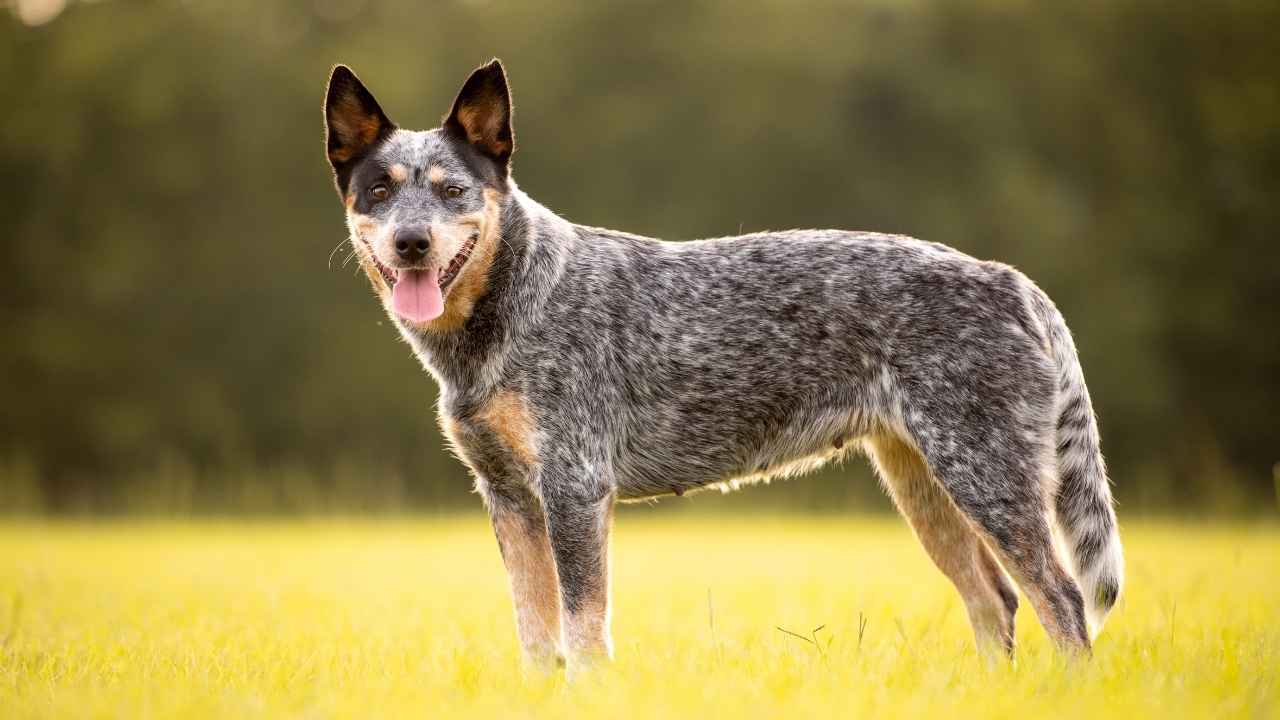
The Australian Cattle Dog, often called the Blue Heeler, is a tenacious and intelligent breed with deep-rooted instincts for herding and protection.
Originally bred to drive cattle across Australia’s rugged terrain, this breed possesses remarkable endurance, agility, and an independent streak that makes it an exceptional working dog. Its keen awareness and sharp instincts allow it to react swiftly to potential threats, making it a natural protector of livestock and property.
Despite its medium size, the Australian Cattle Dog is fearless when confronting potential dangers, whether it’s warding off predators like coyotes or standing its ground against intruders.
Its strong prey drive and alert nature mean it is always on high alert, ready to chase away unwanted visitors. These traits make it both an asset on farms and a loyal guardian in the home.
Beyond its protective instincts, this breed thrives in active households where it can put its intelligence and energy to good use. Without proper mental and physical stimulation, it may become restless and develop destructive habits. For experienced owners who understand its high-energy needs, the Australian Cattle Dog proves to be a devoted and capable companion.
9. German Shepherd
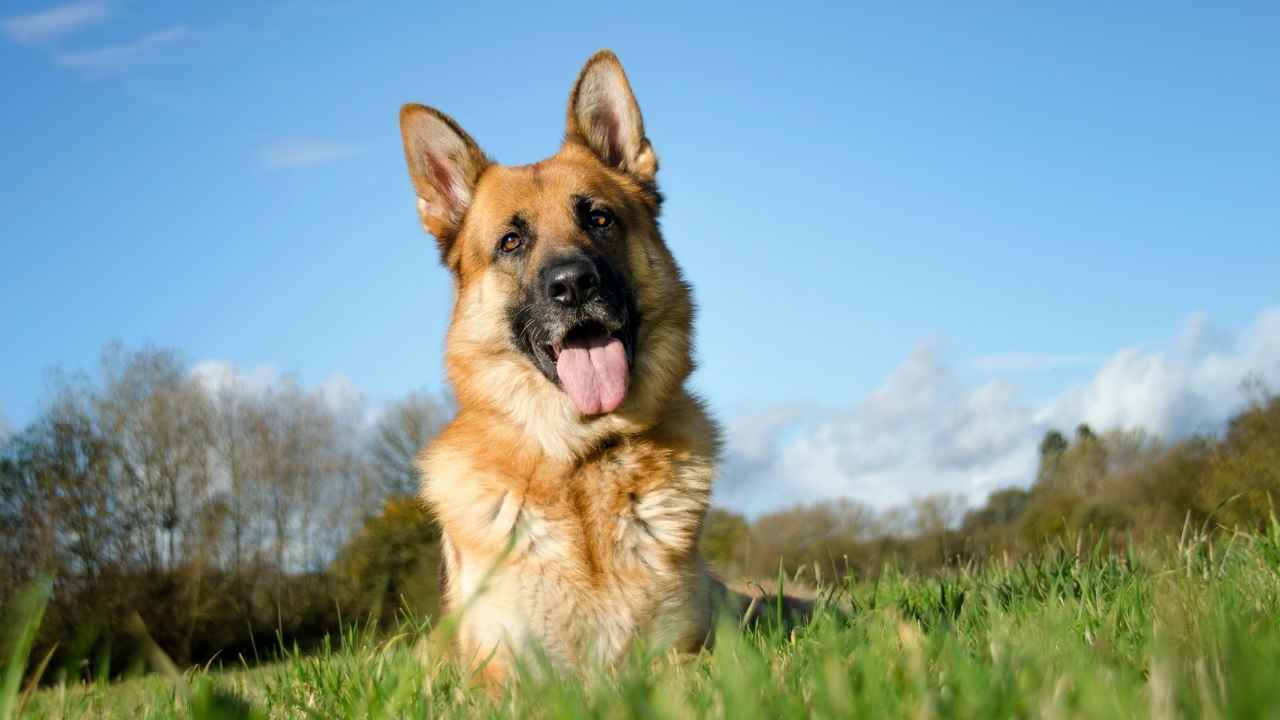
The German Shepherd is renowned for its intelligence, strength, and unwavering loyalty. Originally bred as a herding and working dog, this breed has an innate ability to detect danger and respond with remarkable precision.
With a sharp mind and a strong prey drive, German Shepherds excel at protecting their territory, whether it’s from wild predators like coyotes or human intruders. Their exceptional trainability makes them a top choice for law enforcement, search-and-rescue missions, and guard dog duties.
Beyond their protective instincts, German Shepherds are powerful hunters. Their acute senses and quick reflexes allow them to track, chase, and neutralize threats with incredible efficiency.
They possess a bite force of approximately 238 PSI, giving them an advantage in high-stress situations where self-defense is necessary.
Despite their formidable nature, German Shepherds form deep bonds with their families and thrive in environments where they have a purpose. Proper training and socialization are key to ensuring their instincts are directed appropriately. For owners seeking a reliable and courageous companion, the German Shepherd stands out as one of the most capable natural predator breeds.
Conclusion
Dogs may be our beloved companions, but their natural instincts as hunters, guardians, and protectors remain deeply embedded in their DNA. From the lightning-fast Greyhound to the fiercely loyal German Shepherd, these domesticated dogs still showcase a fascinating balance between primal instinct and protective nature, rivaling wild animals in agility and awareness.
Owning a dog with strong predator instincts comes with excitement and responsibility. Livestock guardian dogs use their protective nature to defend farms, while others excel as hunters or watchdogs. Whether you seek a fierce defender or a loyal companion with a wild streak, there’s a breed for every lifestyle. Which one has captured your interest?


